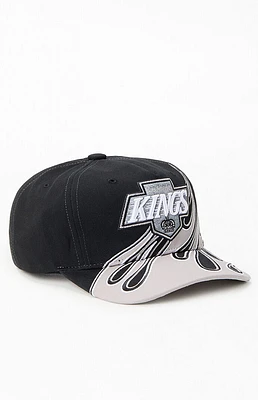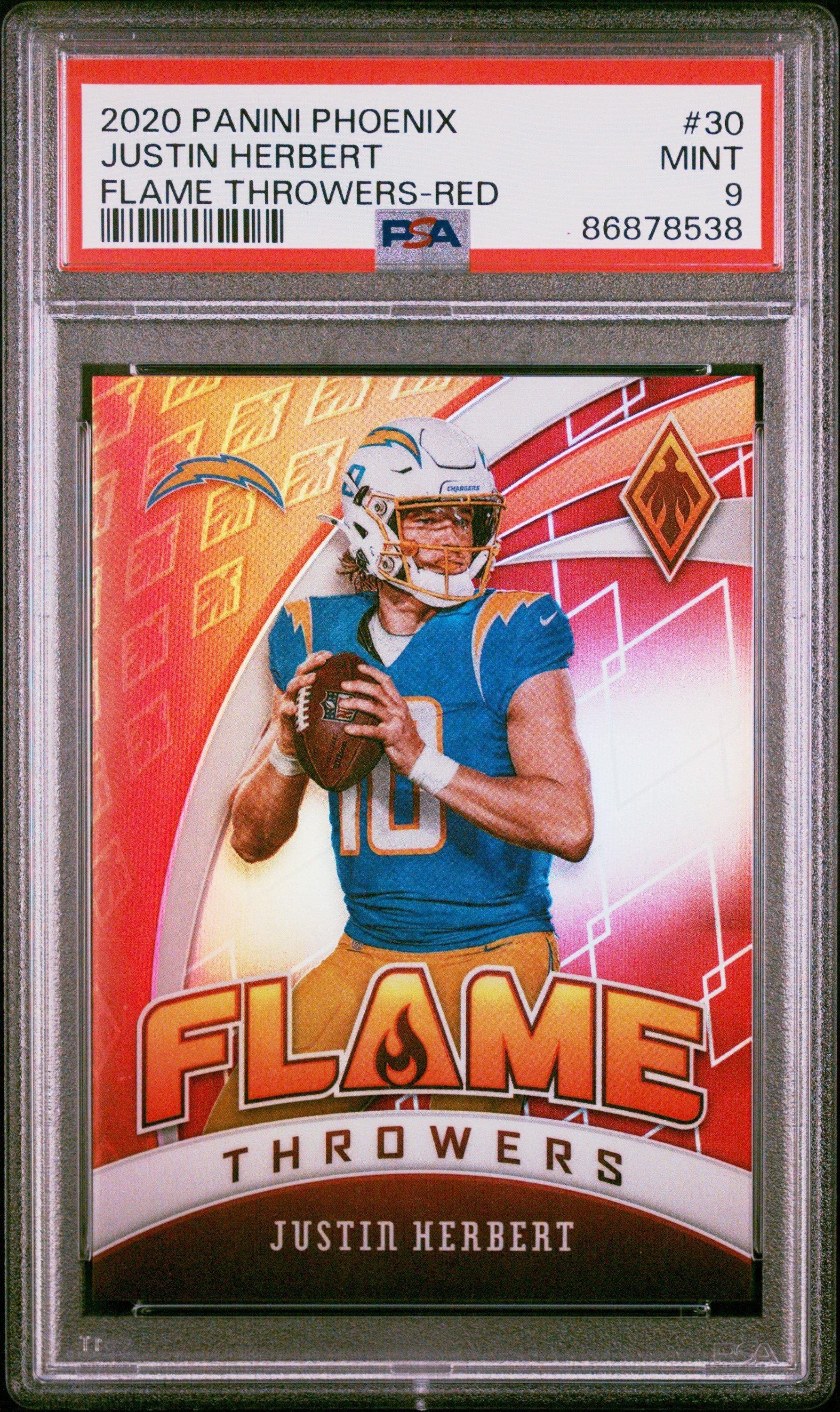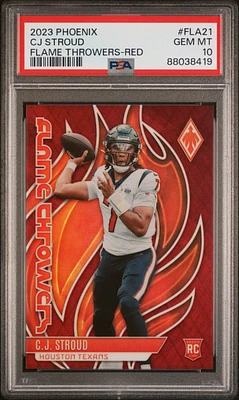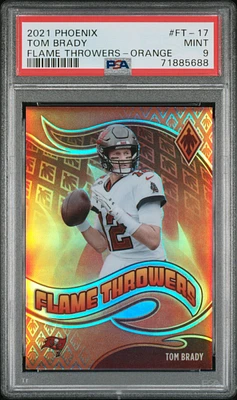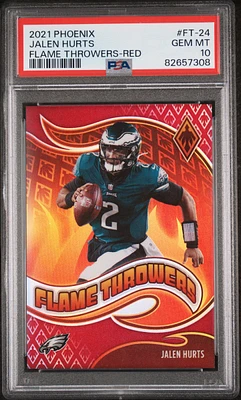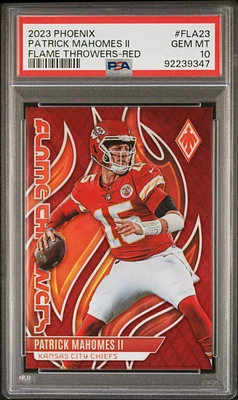Home
The Churchill Crocodile: 141 Regiment RAC (The Buffs): Flame Throwers in Normandy
Loading Inventory...
Barnes and Noble
The Churchill Crocodile: 141 Regiment RAC (The Buffs): Flame Throwers in Normandy
Current price: $49.95


Barnes and Noble
The Churchill Crocodile: 141 Regiment RAC (The Buffs): Flame Throwers in Normandy
Current price: $49.95
Loading Inventory...
Size: OS
*Product Information may vary - to confirm product availability, pricing, and additional information please contact Barnes and Noble
The British Army started the development of flame throwers in 1938, but progress was slow and interest was side-lined after Dunkirk while the army reequipped. Investment in a flame-throwing tank only returned to the agenda thanks to interest by General Percy Hobart when he developed ‘funnies’ for 79th Armoured Division and the concept gained the support of General Sir Alan Brooke.
141 (The Buffs) Regiment RAC had been converted to Churchill Tanks at the end of 1941 and in early 1944 they were earmarked for another change of role to the Crocodile conversion of the new Mk VII Churchill tank. This flame throwing system was secret and started to arrive with the regiment in April 1944. By D-Day only one squadron was equipped and trained, with space on the landing craft only available for two troops to land in support of 50th Division.
The rest of the regiment arrived by the end of June and were in action with various formations across the front. There followed a period of misuse by those they supported and learning on the job by the regiment’s squadrons, but by the middle of the campaign a clear doctrine for the use of the Crocodile had emerged and they were in great demand.
141 (The Buffs) Regiment RAC had been converted to Churchill Tanks at the end of 1941 and in early 1944 they were earmarked for another change of role to the Crocodile conversion of the new Mk VII Churchill tank. This flame throwing system was secret and started to arrive with the regiment in April 1944. By D-Day only one squadron was equipped and trained, with space on the landing craft only available for two troops to land in support of 50th Division.
The rest of the regiment arrived by the end of June and were in action with various formations across the front. There followed a period of misuse by those they supported and learning on the job by the regiment’s squadrons, but by the middle of the campaign a clear doctrine for the use of the Crocodile had emerged and they were in great demand.


